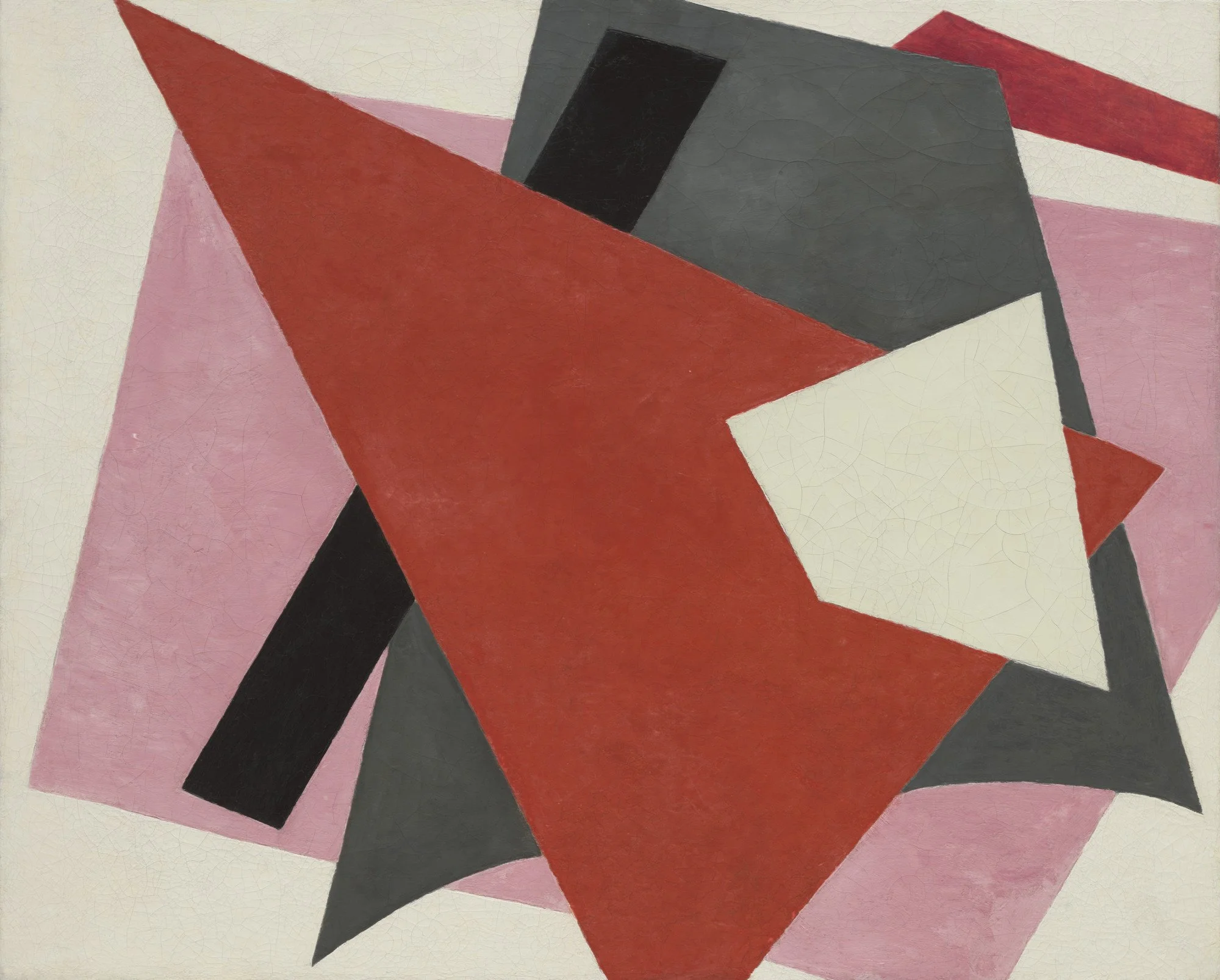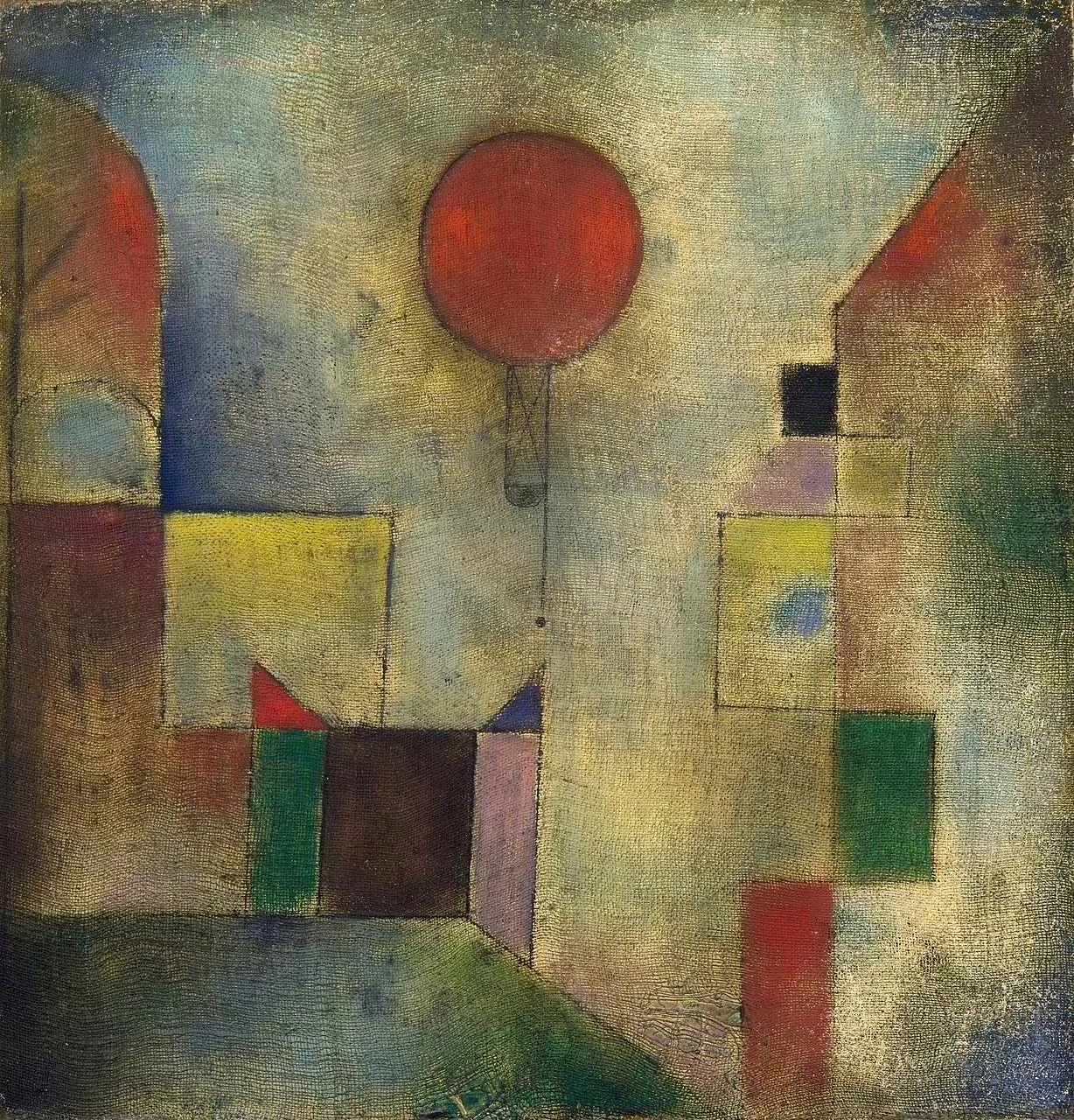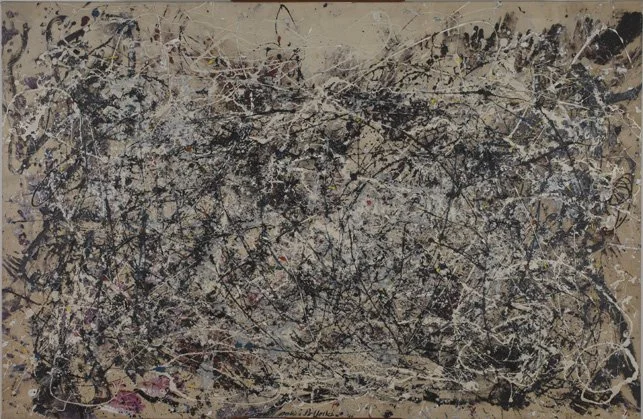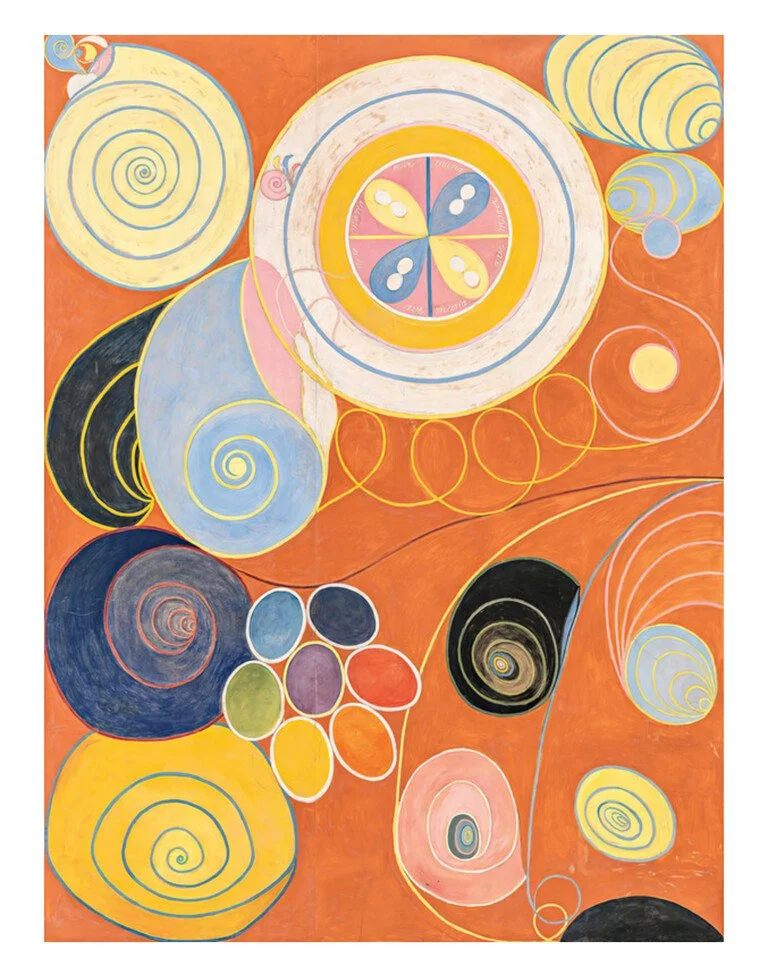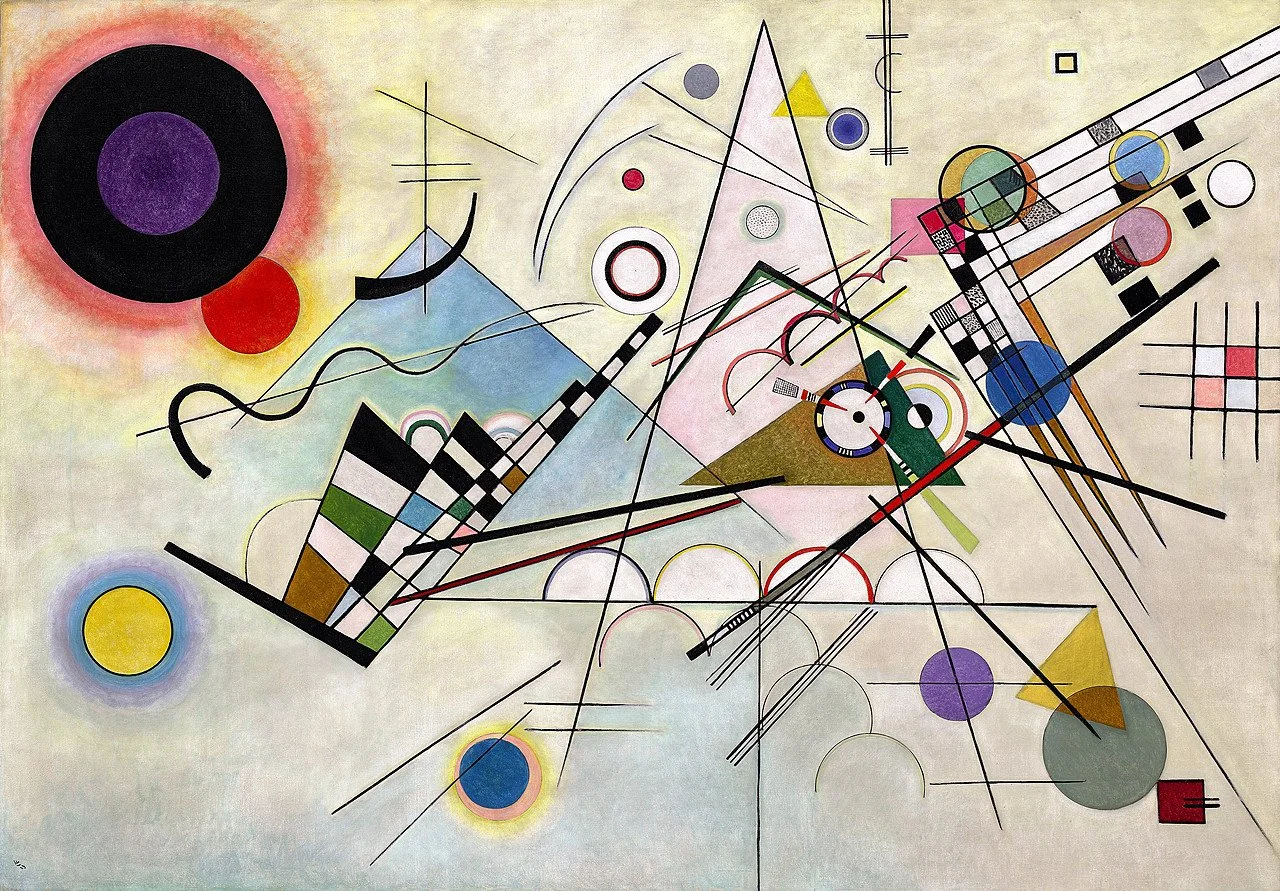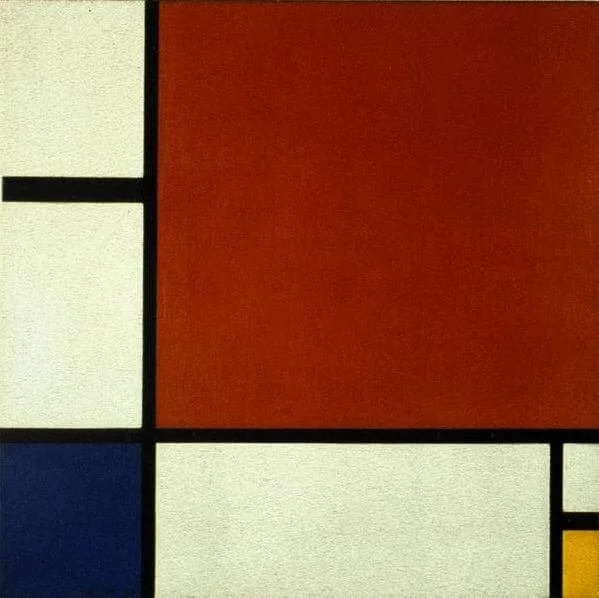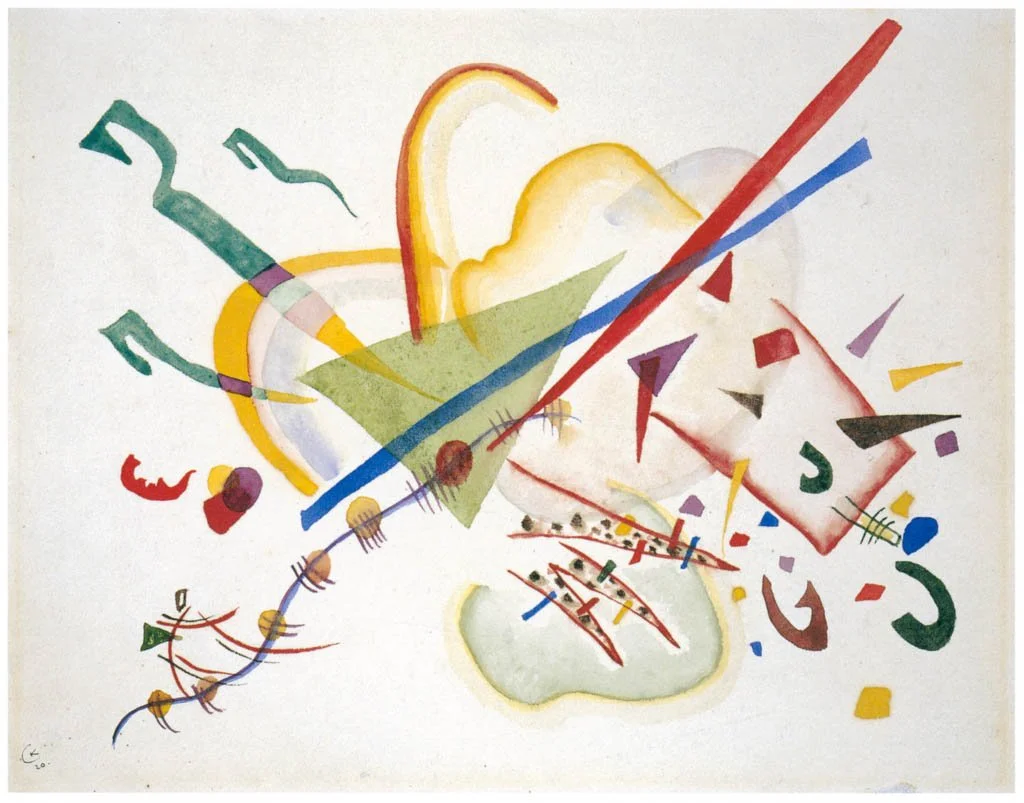Unraveling the Intricacies of Abstract Art: Elements, Characteristics, and Examples
Introduction:
Abstract art is a captivating and often misunderstood genre that can be both fascinating and perplexing. By exploring its main purpose, elements, characteristics, and examples, we aim to help you gain a better understanding of this unique art form. Dive into the captivating world of abstract art and learn how to appreciate the nuances and complexities that lie beneath the surface.
The Main Purpose of Abstract Art
Abstract art seeks to break away from traditional representation of physical objects, focusing on the exploration of form, color, line, and texture to convey emotions, concepts, or ideas. It encourages viewers to interpret and engage with the artwork on a personal level, invoking a unique emotional response or intellectual reflection. Through abstraction, artists can challenge traditional norms and explore innovative ways of expressing their vision, pushing the boundaries of visual language.
The 6 Elements of Abstract Art
There are six key elements that are often found in abstract art, which include:
a. Line: Lines can vary in length, width, and direction, and can be used to create movement, depth, or rhythm within an abstract piece.
b. Shape: Shapes can be geometric or organic, and they play a crucial role in defining the composition and visual balance of an artwork.
c. Color: Color is a powerful tool in abstract art, as it can evoke emotions, create visual harmony, or establish contrasts and tensions within a piece.
d. Value: Value refers to the relative lightness or darkness of colors, and can be used to create a sense of depth, volume, or atmosphere.
e. Texture: Texture can be real or implied, and it adds a tactile quality to the artwork, making it more engaging and visually dynamic.
Jackson Pollock's "Number 1A" (1948) is a prime example of how texture can be used to create a visually engaging and dynamic abstract piece. Pollock's unique "drip painting" technique resulted in a complex web of overlapping paint layers, creating a rich texture that invites the viewer to explore the artwork's intricate details.
f. Space: Space, whether positive or negative, can be manipulated to create a sense of depth, balance, and proportion in an abstract composition.
Hilma af Klint's "The Ten Largest, No. 3, Youth" (1907) is an example of the effective use of space in abstract art. In this piece, af Klint balances positive and negative space to create a harmonious composition with a sense of depth and visual interest. The organic shapes and colors are carefully arranged to guide the viewer's eye through the artwork.
Characteristics of Abstract Art
Abstract art is characterized by:
a. Non-representational imagery: Abstract art often does not depict recognizable objects or scenes, allowing the viewer to interpret the piece based on their own experiences and emotions.
b. Emphasis on visual elements: In abstract art, the focus is on the use of visual elements such as line, shape, color, and texture to create a cohesive and visually engaging composition.
c. Conceptual or emotional expression: Abstract art often conveys concepts, emotions, or ideas through the use of visual language, inviting the viewer to explore their own interpretations and connections with the piece.
Decoding the Essence: The Meaning Behind Abstract Art
Abstract art, with its enigmatic nature, often sparks curiosity and raises questions about the meaning behind the artwork. The meaning of abstract art is not tied to a specific narrative or representation of a recognizable subject, but rather lies in the visual language used by the artist to convey emotions, concepts, or ideas. This form of art encourages viewers to delve into their own interpretations and experiences, allowing for a personal connection with the piece. As a result, the meaning of an abstract artwork is subjective and varies from one individual to another. It is through this open-ended approach that abstract art invites dialogue, introspection, and contemplation, ultimately enriching our understanding and appreciation of the world around us.
An Example of Abstract Art
One famous example of abstract art is Wassily Kandinsky's "Composition VIII" (1923). This piece exemplifies the core principles of abstract art, as it does not depict a recognizable subject but rather utilizes geometric shapes, lines, and bold colors to create a dynamic composition. Kandinsky believed that abstract art had the power to communicate directly with the viewer's emotions, transcending the need for representation.
Conclusion:
Abstract art is a rich and complex genre that offers boundless opportunities for creative expression and personal interpretation. By understanding its main purpose, elements, and characteristics, you can appreciate the depth and diversity of this art form. As you explore the world of abstract art, keep an open mind and allow yourself to connect with the pieces on a personal level, unlocking new insights and perspectives along the way.
Feeling inspired to delve deeper into the world of abstract art? Browse Lily Okamoto’s collection of abstract artworks. Follow us on social media for updates.
